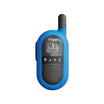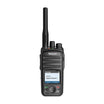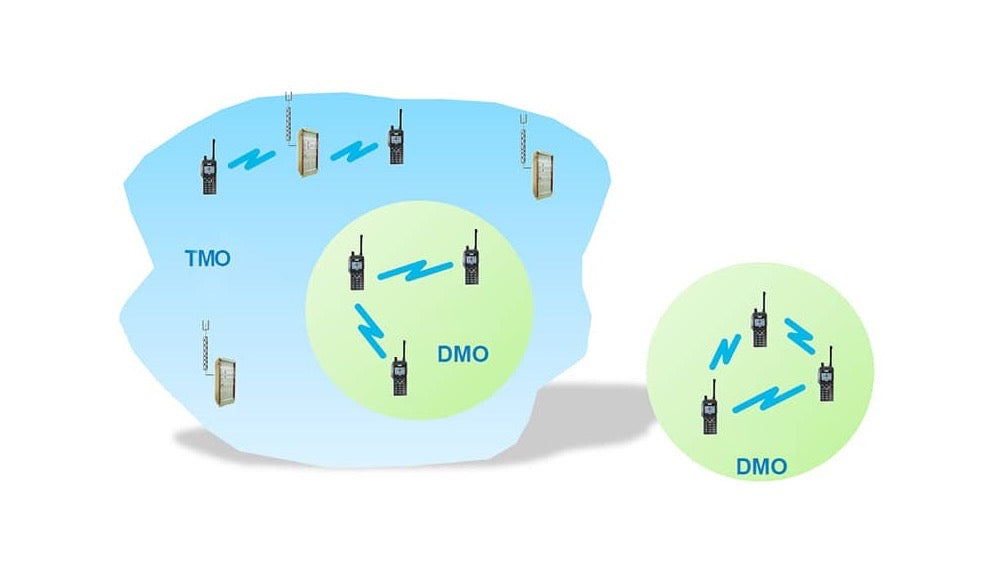Navigating the World of Dual Tone Multiple Frequency (DTMF) Signaling
Dual Tone Multiple Frequency (DTMF) signaling is a cornerstone of modern telecommunication systems, bridging the gap between analog telephone handsets and digital switchboards. This technology, fundamental to the way we communicate over phone lines, uses unique tone pairs to represent each key on the telephone keypad.
The Essence of DTMF
At its core, DTMF is about sending specific information through sound waves. When you press a key on a telephone keypad, it generates two simultaneous tones of different frequencies, hence the term "dual tone." Each number or symbol on the keypad corresponds to a unique pair of frequencies, ensuring accurate transmission of the called number to the telephone system.
The Role of DTMF in Telecommunications
DTMF's primary function is to convey dialed numbers from a phone to the central switch of a telephone network, facilitating the connection to the intended recipient. But its utility extends beyond dialing numbers; it's pivotal in navigating interactive voice response (IVR) systems, voicemail menus, and various telecommunication services.
The Evolution of DTMF
Originating in the era of analog telecommunication, DTMF has smoothly transitioned into the digital age. Initially developed to speed up dialing and reduce operator intervention, DTMF has become integral in automated processes and systems, highlighting its adaptability and enduring relevance.
The Impact of DTMF in Modern Communication
Today, DTMF is more than just a method for sending numbers over a phone line. It's a critical component in service automation, allowing users to interact with computerized systems, manage accounts, and access information without human intervention. The technology's simplicity and efficiency have made it a lasting feature in the telecommunication landscape.
In conclusion, Dual Tone Multiple Frequency signaling is a testament to the ingenious methods developed to streamline communication. Its continued use in various forms and applications underscores its importance and versatility in the ever-evolving world of telecommunications.











































